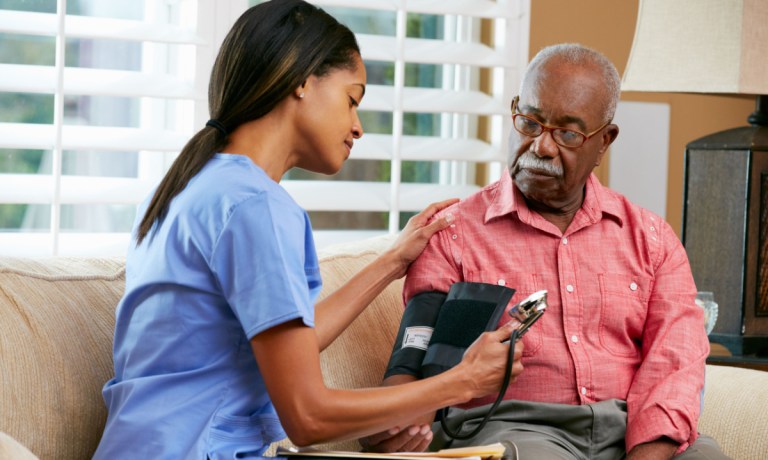
Much as telemedicine has now become a routine triage tool, at-home healthcare is also expanding and innovating in a post-COVID world, as consumers gravitate to convenient on-demand services that bring healthcare home, saving trips to the ER among other efficiencies.
Recent news on this front comes from last-mile mobile urgent care platform DocGo, which announced on Thursday (July 20) that it is expanding its relationship with HealthCare Partners NY, where a large population gives in-home value-based care room to scale further.
HealthCare Partners NY is an independent physician association (IPA) seeking fast and effective tools for covering the sprawling Greater New York metropolis it serves, making DocGo an ideal partner for bringing services to the doorstep of patients.
According to a Thursday (July 20) press release, “This strategic partnership marks a significant milestone in DocGo’s mission to offer accessible, high-quality healthcare to all individuals. Building on the success of a pilot program completed in December 2022, DocGo has collaborated closely with HealthCare Partners NY to bridge healthcare gaps and support a value-based model focused on delivering outstanding in-home healthcare services. By keeping patients out of hospitals, this model not only improves outcomes but also reduces costs.”
Anthony Capone, CEO at DocGo, said that “By using our advanced technology to deliver proactive care to individuals in their own homes, we enhance the convenience and quality of their healthcare experience. Through our partnership with HealthCare Partners, we are expanding our presence in one of the largest healthcare markets in the country, enabling us to better serve patients and provide them with value-based care that supports their long-term well-being.”
As online healthcare expands in different directions, it’s clear that most users realize the convenience and value of telemedicine and its cousins — like at-home care — and this is particularly true of older demographics who often choose at-home options when offered.

The study “The Digital Platform Promise: What Baby Boomers and Seniors Want From Digital Healthcare Platforms,” a PYMNTS and Lynx collaboration, notes that unified online platforms that orchestrate healthcare treatments and payments are increasingly popular, particularly among older demographics who prefer being seen at home to offices and hospitals.
Per that study, “Nearly two-thirds of baby boomers and seniors participated in a digital healthcare activity in the last year. Despite stereotypes, baby boomers and seniors show strong interest in centralizing their healthcare activities via unified digital platforms — online portals that allow users to make payments, interact with providers and insurers, manage their prescription and pharmaceutical needs, access detailed information about their benefits and much more.”
We found that 65% of baby boomers and seniors — roughly 55 million consumers in total — have some level of interest in using unified digital platforms, “and 9 in 10 of this group would prefer to conduct key healthcare activities this way.”
As the graphic shows, interest in digital portals that can connect to real-world services resonates across demographic groups.
PYMNTS has reported that even in a climate where venture capital is extremely scarce, money is flowing to certain telehealth and at-home health startups, signaling the potential for these solutions.
For example, Germany-based platform Patient21 recently received $108 million in Series C funding to expand its digital platform. On the provider side, OpenLoop raised $15 million in March for its white-label telehealth support platform, providing care for pharmacies, retailers, hospitals, and health systems within the U.S.